Recovery in India drives positive economic growth prospects in S Asia, says UN
Updated: Jan 20, 2015 02:27:26pm
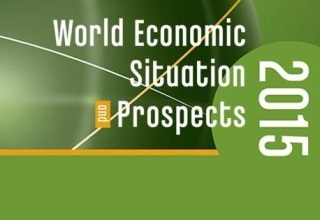
According to the report launched on Monday, the average gross domestic product (GDP) growth of South Asia accelerated from 3.7 per cent in 2013 to 4.9 per cent in 2014, and is projected to strengthen further to 5.4 per cent in 2015 and 5.7 per cent in 2016.
“The recovery is expected to be led by a pick-up in growth in India, which accounts for about 70 per cent of regional output. Other economies such as Bangladesh and the Islamic Republic of Iran are also projected to see stronger growth in the forecast period. Along with robust external demand, growth is expected to be underpinned by a moderate strengthening of domestic consumption and investment,” an official press release said.
Significantly, Indian economy has picked up. According to WESP, growth in India picked up over the past year, helped by government reforms that encouraged consumption and investment. India’s economy expanded by an estimated 5.4 per cent in 2014, an improvement from growth of 4.7 per cent recorded in 2013, but still significantly below the 8 per cent pace of the pre-crisis period. The recovery is partly the result of improved market sentiment after the new administration took office in the second quarter of 2014 and announced plans to reform the bureaucracy, labour laws and public subsidies.
A subpar monsoon, along with fiscal constraints, has, however, weighed on Indian economic activity. Going forward, India is projected to see a gradual acceleration in growth, with GDP forecast to expand by 5.9 per cent in 2015 and 6.3 per cent in 2016.
As far as the rest of South Asia is concerned, the region sees mostly positive prospects, but major challenges lie ahead.
The report notes Bangladesh and Sri Lanka maintained strong growth of 6.2 per cent and 7.8 per cent, respectively, in 2014, amid buoyant household consumption and investment. Both economies are expected to expand at a strong pace in 2015 and 2016 as favourable conditions remain largely intact. Pakistan’s GDP growth strengthened to an estimated 4.2 per cent in 2014; however, growth is forecast to decline slightly in 2015, before picking up again in 2016. The Islamic Republic of Iran is estimated to have seen a return to mildly positive growth in 2014 as macroeconomic conditions stabilized and the partial lifting of sanctions helped non-oil exports. A more robust recovery depends, however, on a comprehensive nuclear agreement and further sanctions relief. Economic growth in Nepal is projected to remain at about 5 per cent in 2015 and 2016 as activity is supported by enhanced political stability and a steady increase in tourism and remittance inflows.
The report pointed out that the South Asian region faces a range of significant employment challenges.
“The job market situation in South Asian countries was relatively stable in 2014 although data are limited and do not fully reflect the reality of the employment situation. The differences in official unemployment rates between countries have remained large as growth trends continued to diverge.”
In the Islamic Republic of Iran, the unemployment rate was estimated at 10.7 per cent in the second quarter of 2014 as economic activity remained weak. Unemployment in Sri Lanka, by contrast, declined further to 4.1 per cent in the first quarter of 2014 amid robust domestic demand. In countries with available data, including India, the Islamic Republic of Iran, Pakistan and Sri Lanka, unemployment rates remained significantly higher for women than for men. The share of vulnerable employment, defined as unpaid family workers and own account workers, is as high as 60 per cent in Pakistan and 80 per cent in India. This illustrates the magnitude of the employment challenges the region is facing and highlights the importance of generating quality employment.
However, sharp fall in oil prices lowers inflation rates and creates room for monetary policy easing, the report said.
Average consumer price inflation in South Asia declined from 14.7 per cent in 2013 to 9.2 per cent in 2014. Sharply falling international prices of oil, combined with vigilant monetary policies and limited demand pressures contributed to lower inflation, offsetting the impacts of a late monsoon arrival and floods in certain parts of the region. Going forward, average inflation in the region is expected to moderate further to 7.8 per cent in 2015 and 7.2 per cent in 2016. There are, however, notable upside risks to the baseline inflation forecast. Given the dominance of traditional agriculture and the reliance on imported commodities, South Asia is very vulnerable to weather conditions and global price developments.
Most South Asian economies, including Bangladesh, India, Islamic Republic of Iran and Sri Lanka, recorded solid export growth in 2014. On the import side, South Asia’s economies generally benefited from the decline in fuel prices in 2014. Current account positions therefore improved in 2014 in most economies. Bangladesh, Nepal, Pakistan and Sri Lanka recorded a further increase in workers’ remittances, which account for more than 5 per cent of GDP in these economies. Similarly, tourist arrivals continued to rise, although tourism revenues remain small relative to merchandise exports, except in Nepal. India’s current account deficit moderated from a peak of 6.1 per cent in the last quarter of 2012 to 0.2 per cent in the first quarter of 2014.
The decline in inflation has given central banks some room to ease monetary policy. The Reserve Bank of India – the country’s central bank – is expected to maintain its firm anti-inflationary stance, but could start cutting policy interest rates in early 2015. In the outlook period, most countries are expected to see a further slight improvement in their fiscal balances (relative to GDP). Deficit reduction will, however, likely be slow and most Governments will struggle to meet their targets.
As far as risks and vulnerabilities are concerned, the report’s growth projections for 2015 and 2016 rest on several key assumptions, including normal monsoon conditions, stable or slightly moderating global food and energy prices, a limited impact of higher international interest rates on regional credit conditions and continued policy reforms within the region.
The report notes that fragility of the global economy and country-specific weaknesses pose downside risks for growth in South Asia. Country-specific weaknesses, such as volatile security conditions, agricultural dependency on the monsoon and difficulties in implementing structural reforms, could hamper growth. A decline in global liquidity, along with a re-emergence of domestic inflationary pressures, could lead to a tightening of domestic credit, particularly in India and Pakistan, which would likely weaken consumption and investment activity.
WESP is produced at the beginning of each year by the UN Department of Economic and Social Affairs (UN/DESA), the UN Conference on Trade and Development (UNCTAD), the five UN regional commissions and the World Tourism Organisation (UNWTO). (KNN Bureau)

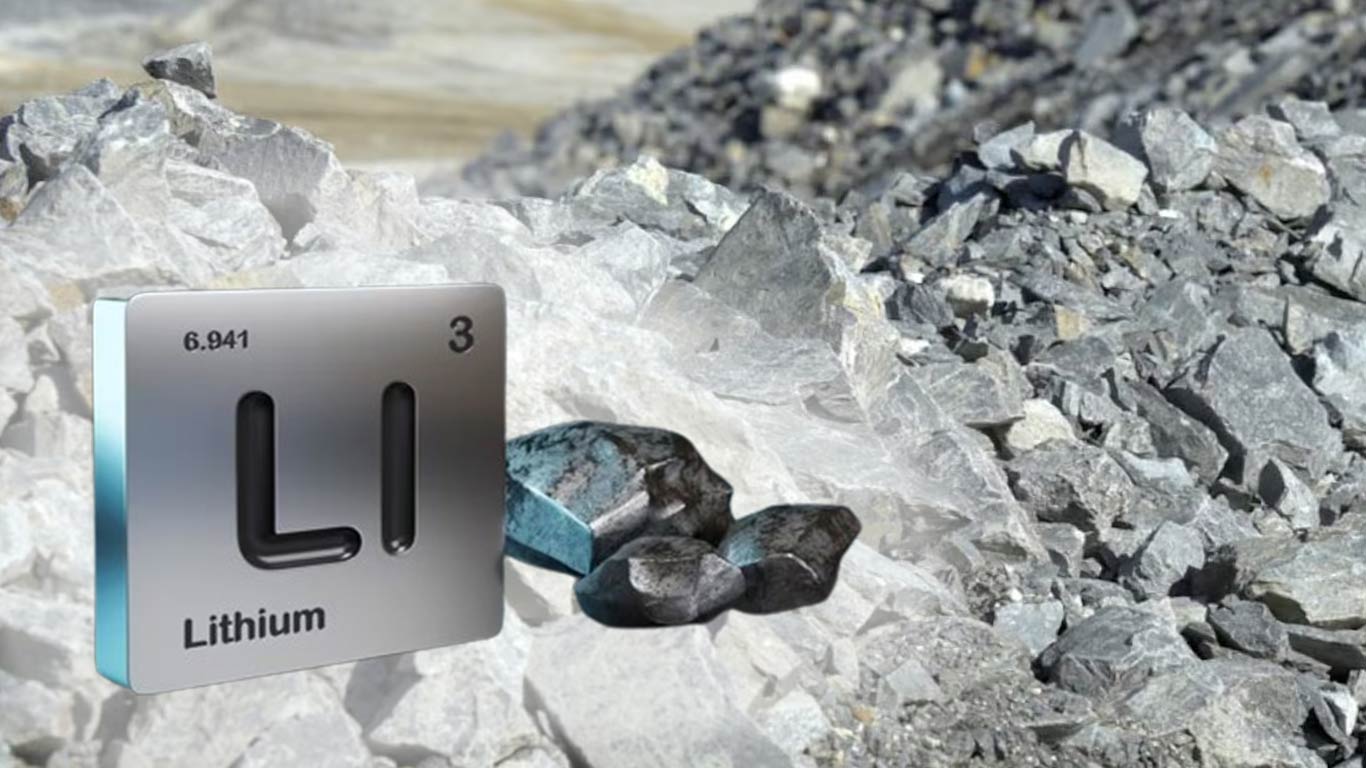

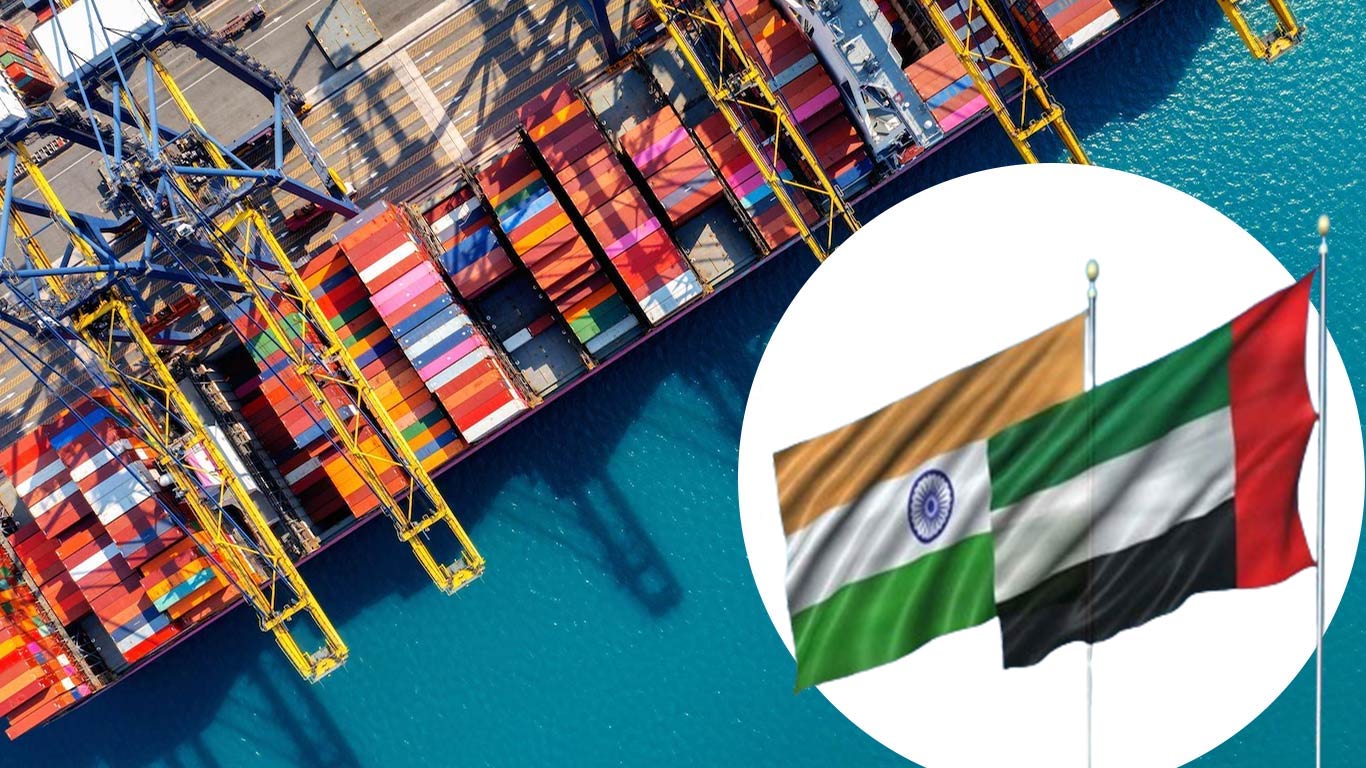
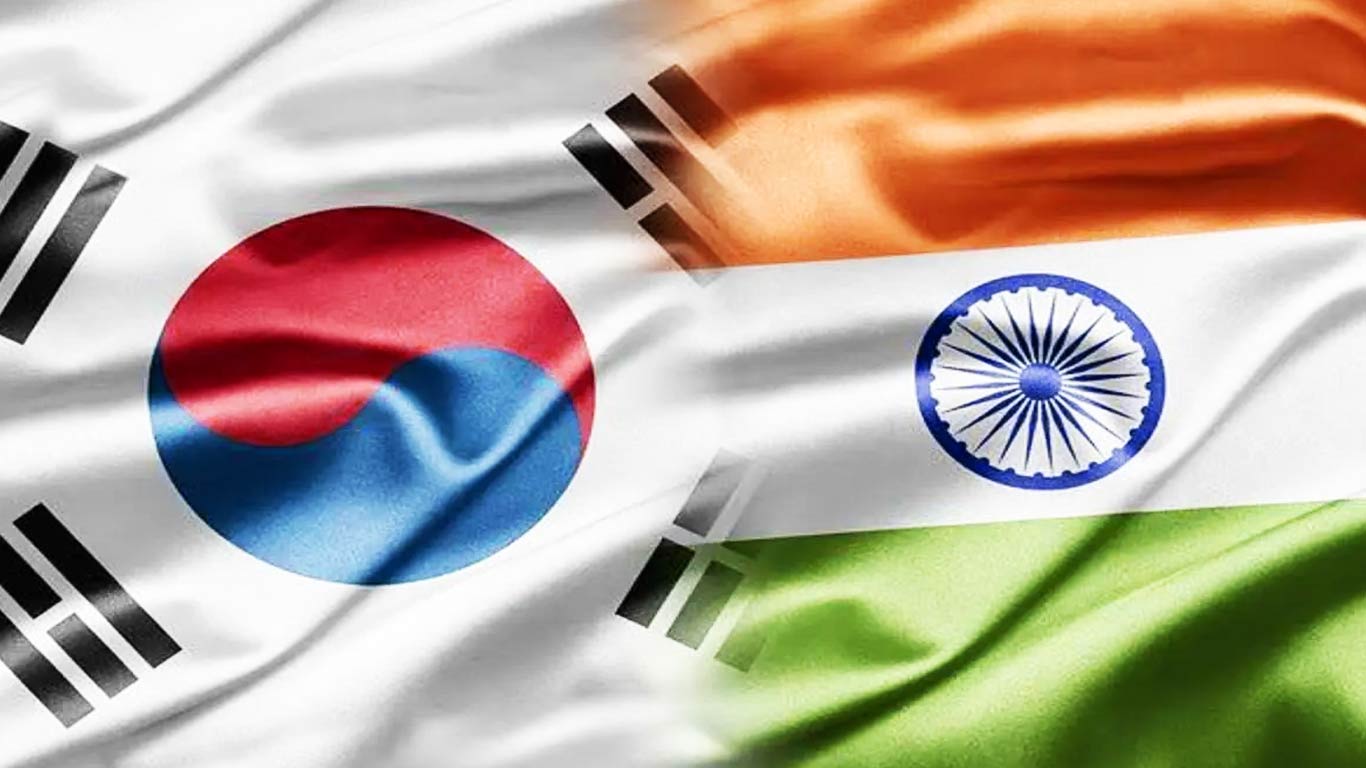
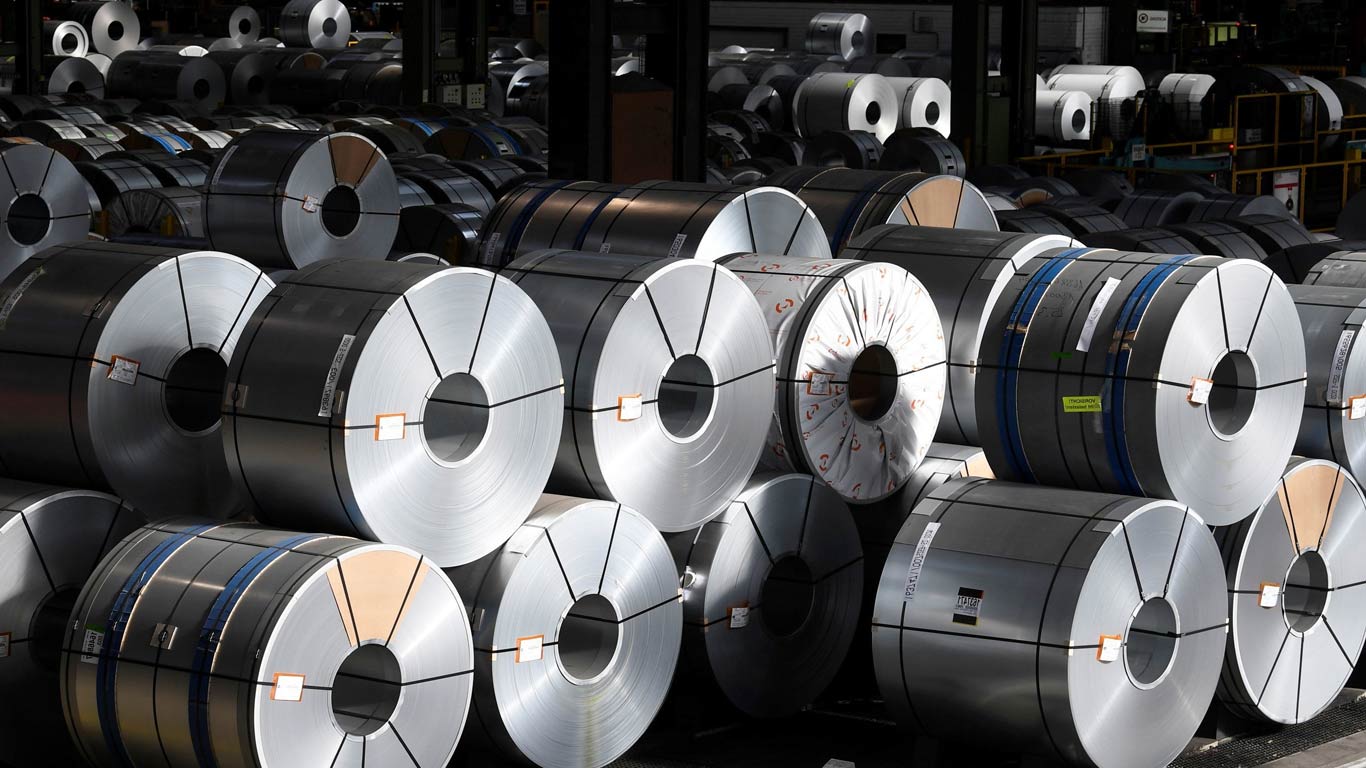





